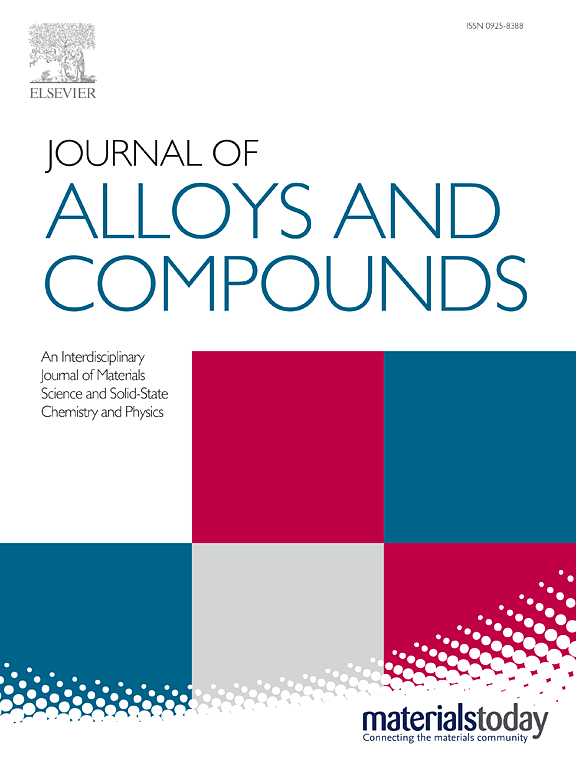Rapid Response with Low Limit Detection H2S Sensors Based on Ni/MWCNTs/CuO/Fe2O3 at Room Temperature
IF 5.8
2区 材料科学
Q2 CHEMISTRY, PHYSICAL
引用次数: 0
Abstract
In this study, Ni/MWCNTs/CuO/Fe2O3 composite nanomaterials were synthesised by a simple hydrothermal method, using Fe2O3 as a substrate material and taking advantage of the excellent properties of carbon nanotubes, which possess a large surface area, and the catalytic ability of Ni. These nanocomposites are easy to synthesise and cost-effective. Compared to CuO/Fe2O3 and MWCNTs/CuO/Fe2O3, Ni/MWCNTs/CuO/Fe2O3 exhibits higher sensitivity and response values for H2S at room temperature. In particular, the best performance was achieved when the content of Ni/MWCNTs was 5 wt%. The sensing material, featuring a short response/recovery time (4 s/10 s), a low lower limit of detection (10 ppb), a high response value (100 ppm, 125), and high selectivity, is an excellent detection material for H2S. The enhanced performance of the composites can be attributed to several factors. Firstly, the formation of multiple heterojunctions and Schottky barriers facilitates electron transfer. Secondly, the interconnection of the conductive backbones of the MWCNTs increases the area of mutual contact, thereby providing more active sites for the reaction. Lastly, the highly efficient electrocatalysis of Ni reduces the activation energy of the reaction, accelerating the reaction kinetics, which in turn improves the gas-sensitive performance of the sensing materials for H2S.室温下Ni/MWCNTs/CuO/Fe2O3低限检测H2S传感器的快速响应
本研究以Fe2O3为衬底材料,利用碳纳米管具有较大的表面积和Ni的催化能力等优良性能,采用简单的水热法制备了Ni/MWCNTs/CuO/Fe2O3复合纳米材料。这些纳米复合材料易于合成且具有成本效益。与CuO/Fe2O3和MWCNTs/CuO/Fe2O3相比,Ni/MWCNTs/CuO/Fe2O3在室温下对H2S具有更高的灵敏度和响应值。其中,当Ni/MWCNTs的含量为5 wt%时,性能达到最佳。该传感材料具有响应/恢复时间短(4 s/10 s)、检测下限低(10 ppb)、响应值高(100 ppm, 125)、选择性高等特点,是一种极好的H2S检测材料。复合材料性能的增强可归因于几个因素。首先,多异质结和肖特基势垒的形成有利于电子转移。其次,MWCNTs导电骨架的互连增加了相互接触的面积,从而为反应提供了更多的活性位点。最后,Ni的高效电催化作用降低了反应的活化能,加快了反应动力学,从而提高了传感材料对H2S的气敏性能。
本文章由计算机程序翻译,如有差异,请以英文原文为准。
求助全文
约1分钟内获得全文
求助全文
来源期刊

Journal of Alloys and Compounds
工程技术-材料科学:综合
CiteScore
11.10
自引率
14.50%
发文量
5146
审稿时长
67 days
期刊介绍:
The Journal of Alloys and Compounds is intended to serve as an international medium for the publication of work on solid materials comprising compounds as well as alloys. Its great strength lies in the diversity of discipline which it encompasses, drawing together results from materials science, solid-state chemistry and physics.
 求助内容:
求助内容: 应助结果提醒方式:
应助结果提醒方式:


